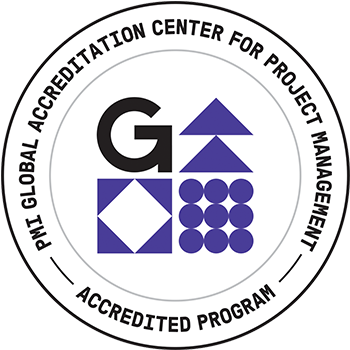Risk Factors for Adapting and Securing Content During Online Course Design – Fonseca
Abstract:
The academic landscape has experienced an accelerated transformation this past year, not only as a result of the pandemic and other natural disasters but also to reflect the current and future needs and expectations of students and the industry. As academia is shifting to meet those needs and ensure course contents are engaging and inclusive, significant changes were made to curriculum design structure, content, tools, and metrics for quality assurance. These radical changes include technological, operational, and cybersecurity risks that must be assessed and measured to include the right set of controls and tools to control and manage them. This paper explored the risks identified by faculty and students as they worked in a remote environment and may be returning to school, either in a hybrid or physical classroom, and how these experiences can contribute to improving the quality of learning, content management, and instructional delivery, in a safe and controlled environment. The study also inquired about issues encountered related to technology and cyber-risks, from connectivity issues to practices deployed to secure communications, content, and data managed through cloud solutions and remote repositories of programs and data.
PMI Talent Triangle: Ways of Working


